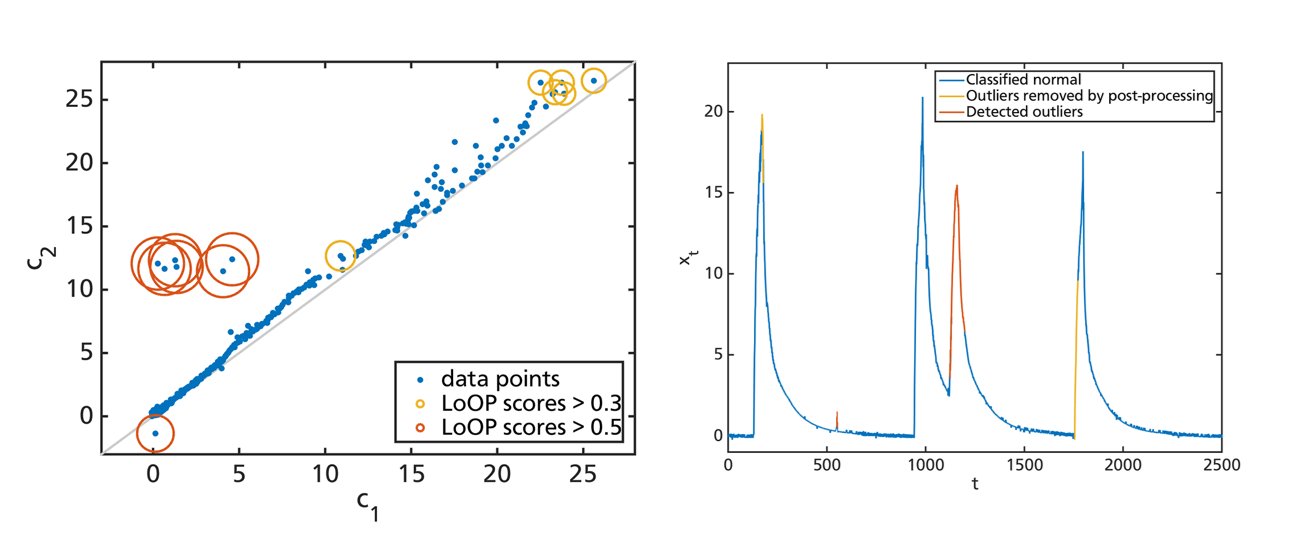Master Thesis expands Solenix’s research in Anomaly Detection in Space Mission Data
16 October 2019
At Solenix, we have been working in the field of mission data analysis for the last 15 years. Through our work with European space institutions, we have supported the operations of many missions with tools that simplify and automate the analysis of spacecraft telemetry data, thanks to innovative ways of manipulating it and correlating it with other data sources.
As part of our activities in this field, we have conducted several R&D studies and collaborated with universities and students to further our knowledge in data analysis. The most recent example of this collaboration is the thesis written by one of our Software Engineering team members, Andreas Altenkirch, to conclude his Master Degree in Computer Science at the TU Darmstadt. The title of the thesis is “Online Outlier Detection in Spacecraft Telemetry Data”.
His thesis proposes a method for detecting outliers and other anomalies in streaming satellite telemetry data. It can be applied to time series that show regular cyclic behaviour and outputs probability scores for each data point in order to find outliers that stand out from their cyclic recurring local context. The developed procedure refers to as "Cyclic Local Outlier Probabilities" or short Cyclops.
The basic Cyclops approach correlates multiple pairs of cycles within a time series, which can be, for example, a spacecraft telemetry parameter with a cycle length of one orbit. The resulting two-dimensional data representation is analysed in real-time using a modified version of the Local Outlier Probabilities (LoOP) algorithm (see left-hand image below). The data points with an outlier score above a certain threshold are assumed to be outliers. Those sequences can be plotted accordingly (see right-hand image below).
Cyclops provides various enhancements that aim for a low false positive rate as, for example, the possibility to give feedback on the quality of the reported outliers. It will quickly learn from this feedback, which results in a greatly reduced number of false alarms.
